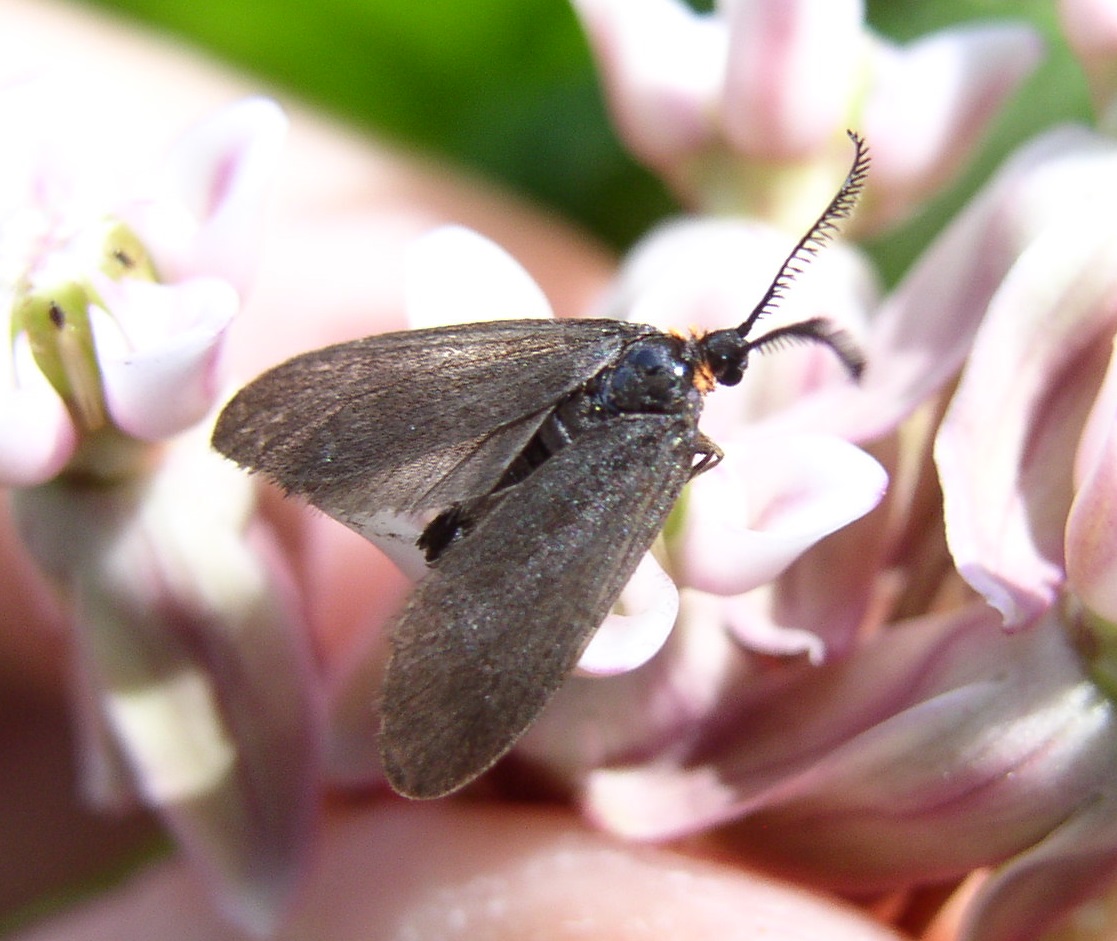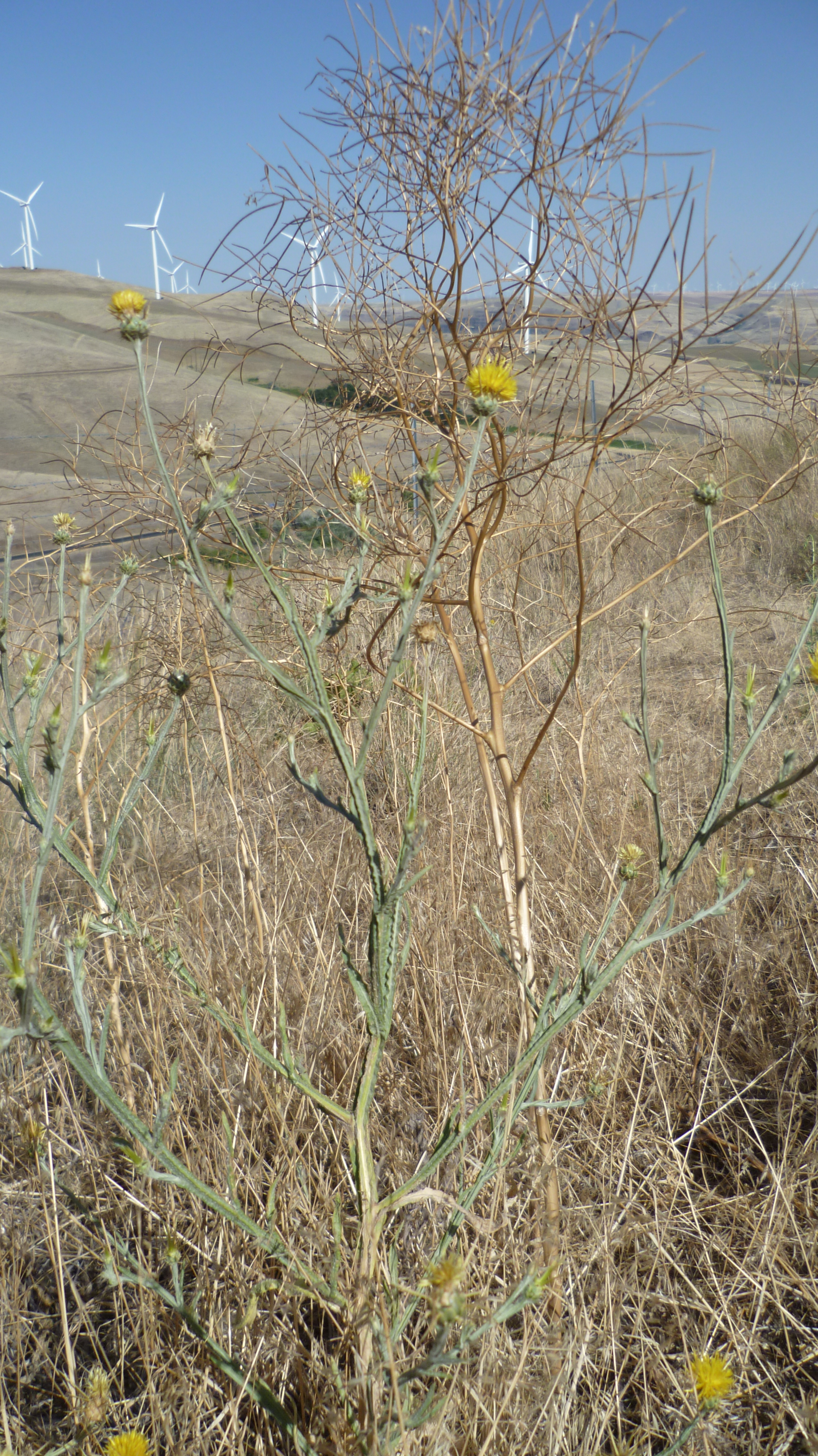|
Jordanita Graeca
''Jordanita graeca'' is a moth of the family Zygaenidae. It is found from southern Slovakia through Hungary, the Balkan Peninsula, Rhodes and Cyprus to southern Russia, Ukraine, Transcaucasia, Turkey, Iran and northern Iraq. The length of the forewings is 7.5–12.5 mm for males and 7–12 mm for females. Adults are on wing from May to July. The larvae of subspecies ''graeca'' feed on ''Centaurea melitensis'' and '' Cirsium creticum'', while the larvae of subspecies ''sultana'' feed on '' Centaurea solstitialis'', '' Centaurea salonitana'', '' Carduus arabicus'', ''Carduus uncinatus'', '' Jurinea sordida'' and ''Xeranthemum annuum''. Pupation takes place in a cocoon in the soil beneath the host plant. Subspecies *''Jordanita graeca graeca'' (from Slovakia, Hungary and Ukraine to south-western Turkey) *''Jordanita graeca sultana'' (Alberti, 1937) (the Crimea Crimea, crh, Къырым, Qırım, grc, Κιμμερία / Ταυρική, translit=Kimmería / Tau ... [...More Info...] [...Related Items...] OR: [Wikipedia] [Google] [Baidu] |
Karl Jordan (zoologist, Born 1861)
Heinrich Ernst Karl Jordan (7 December 1861 – 12 January 1959) was a German-British entomologist. He took a special interest in the taxonomy and classification of butterflies, beetles and fleas. Jordan was a founder of the International Congress of Entomology. Jordan was born in a farming family in Almstedt, raised by an uncle after the death of his father in 1855, finished school in Hildesheim and educated at Göttingen University. After a year of military service, he taught at Münden Grammar School for five years and came in contact with zoologist August Metzger and Count Berlepsch that led to a growth in his natural history interest. Through their recommendation he received an invitation to joined Ernst Hartert at Rotschild's museum. In 1893 he began work at Walter Rothschild's Natural History Museum at Tring, specialising in Coleoptera, Lepidoptera and Siphonaptera. Jordan published over 400 papers, many jointly with Charles and Walter Rothschild. He described 2,575 ne ... [...More Info...] [...Related Items...] OR: [Wikipedia] [Google] [Baidu] |
Centaurea Melitensis
''Centaurea melitensis'' (called Maltese star-thistle in Europe, tocalote or tocolote in western North America) is an annual plant in the family Asteraceae, high, with resin-dotted leaves and spine-tipped phyllaries. This plant is native to the Mediterranean region of Europe and Africa. It was introduced to North America in the 18th century; the first documented occurrence in California is in the adobe of a building constructed in San Fernando in 1797. It is also naturalized on a number of Pacific islands. Conservation It is considered rare on the Maltese Islands Malta ( , , ), officially the Republic of Malta ( mt, Repubblika ta' Malta ), is an island country in the Mediterranean Sea. It consists of an archipelago, between Italy and Libya, and is often considered a part of Southern Europe. It lies ..., being listed in the Red Data Book. Gallery Centaurea_Melitensis_Malta_Star-Thistle_Basal_Rosette.jpg Centaurea melitensis MHNT.BOT.2007.43.54.jpg ReferencesUniversit ... [...More Info...] [...Related Items...] OR: [Wikipedia] [Google] [Baidu] |
Moths Described In 1907
Moths are a paraphyletic group of insects that includes all members of the order Lepidoptera that are not butterflies, with moths making up the vast majority of the order. There are thought to be approximately 160,000 species of moth, many of which have yet to be described. Most species of moth are nocturnal, but there are also crepuscular and diurnal species. Differences between butterflies and moths While the butterflies form a monophyletic group, the moths, comprising the rest of the Lepidoptera, do not. Many attempts have been made to group the superfamilies of the Lepidoptera into natural groups, most of which fail because one of the two groups is not monophyletic: Microlepidoptera and Macrolepidoptera, Heterocera and Rhopalocera, Jugatae and Frenatae, Monotrysia and Ditrysia.Scoble, MJ 1995. The Lepidoptera: Form, function and diversity. Oxford, UK: Oxford University Press; 404 p. Although the rules for distinguishing moths from butterflies are not well establishe ... [...More Info...] [...Related Items...] OR: [Wikipedia] [Google] [Baidu] |
Procridinae
Procridinae is a subfamily of the family Zygaenidae. Selected genera * '' Aethioprocris'' Alberti, 1954 * '' Alteramenelikia'' Alberti, 1971 * ''Acoloithus'' Clemens, 1860 * '' Adscita'' Retzius, 1783 * '' Ankasocris'' Viette, 1965 * ''Artona'' Walker, 1854 * '' Astyloneura'' Gaede, 1914 * '' Australartona'' Tarmann, 2005 * '' Chalconycles'' Jordan, 1907 * '' Clelea'' Walker, 1854 * '' Euclimaciopsis'' Tremewan, 1973 * ''Gonioprocris'' Jordan, 1913 * ''Harrisina'' Packard, 1864 * '' Hestiochora'' Meyrick, 1886 * '' Homophylotis'' Turner, 1904 * '' Ischnusia'' Jordan, 1928 * '' Janseola'' Hopp, 1923 * ''Jordanita'' Verity, 1946 * '' Madaprocris'' Viette, 1978 * '' Malamblia'' Jordan, 1907 * '' Metanycles'' Butler, 1876 * '' Myrtartona'' Tarmann, 2005 * '' Neobalataea'' Alberti, 1954 * '' Neoprocris'' Jordan, 1915 * '' Palmartona'' Tarmann, 2005 * ''Pollanisus'' Walker, 1854 * '' Pyromorpha'' Herrich-Schäffer, 854/small> * '' Pseudoamuria'' Tarmann, 2005 * '' Pseudoprocris'' ... [...More Info...] [...Related Items...] OR: [Wikipedia] [Google] [Baidu] |
Crimea
Crimea, crh, Къырым, Qırım, grc, Κιμμερία / Ταυρική, translit=Kimmería / Taurikḗ ( ) is a peninsula in Ukraine, on the northern coast of the Black Sea, that has been occupied by Russia since 2014. It has a population of 2.4 million. The peninsula is almost entirely surrounded by the Black Sea and the smaller Sea of Azov. The Isthmus of Perekop connects the peninsula to Kherson Oblast in mainland Ukraine. To the east, the Crimean Bridge, constructed in 2018, spans the Strait of Kerch, linking the peninsula with Krasnodar Krai in Russia. The Arabat Spit, located to the northeast, is a narrow strip of land that separates the Sivash lagoons from the Sea of Azov. Across the Black Sea to the west lies Romania and to the south is Turkey. Crimea (called the Tauric Peninsula until the early modern period) has historically been at the boundary between the classical world and the steppe. Greeks colonized its southern fringe and were absorbed by the Ro ... [...More Info...] [...Related Items...] OR: [Wikipedia] [Google] [Baidu] |
Xeranthemum Annuum
''Xeranthemum annuum'' is a flowering plant species also known as annual everlasting or immortelle. It is native to eastern Europe and western Asia, is cultivated as a garden flower. It has become naturalised Naturalization (or naturalisation) is the legal act or process by which a non-citizen of a country may acquire citizenship or nationality of that country. It may be done automatically by a statute, i.e., without any effort on the part of the i ... in other parts of Europe. The immortelle is a ''symbol'' of eternity and immortality. It is an annual plant of dry, sunny lawns, slopes, vines, loess farms and karst bushes. pecies. The leaves are typically elongated, spear-like with a silvery-gray color, and the leaves are downy. Immortelles bloom during the summer months, from June to September, when the populations are a delightful pink-lilac flower field. Immortelle is easy to hold because it feels comfortable in dry, sunny conditions. References annuum Garden pla ... [...More Info...] [...Related Items...] OR: [Wikipedia] [Google] [Baidu] |
Jurinea Sordida
''Jurinea'' is a genus of plants in the family Asteraceae. The species are native to Europe, Asia, and northwestern Africa Africa is the world's second-largest and second-most populous continent, after Asia in both cases. At about 30.3 million km2 (11.7 million square miles) including adjacent islands, it covers 6% of Earth's total surface area .... photos and distribution maps of 4 species ; Species References Bibliography * * * *External links * * Asteraceae genera Cynarea ...[...More Info...] [...Related Items...] OR: [Wikipedia] [Google] [Baidu] |
Carduus Uncinatus
''Carduus'' is a genus of flowering plants in the family Asteraceae, and the tribe Cardueae, one of two genera considered to be true thistles, the other being '' Cirsium''. Plants of the genus are known commonly as plumeless thistles.''Carduus''. Integrated Taxonomic Information System (ITIS).''Carduus''. Flora of North America. They are native to Eurasia and Africa, and several are known elsewhere as . This genus is noted for its disproportionately high number of |
Carduus Arabicus
''Carduus'' is a genus of flowering plants in the family Asteraceae, and the tribe Cardueae, one of two genera considered to be true thistles, the other being '' Cirsium''. Plants of the genus are known commonly as plumeless thistles.''Carduus''. Integrated Taxonomic Information System (ITIS).''Carduus''. Flora of North America. They are native to Eurasia and Africa, and several are known elsewhere as . This genus is noted for its disproportionately high number of |
Centaurea Salonitana
''Centaurea'' () is a genus of over 700 species of herbaceous thistle-like flowering plants in the family Asteraceae. Members of the genus are found only north of the equator, mostly in the Eastern Hemisphere; the Middle East and surrounding regions are particularly species-rich. In the western United States, yellow starthistles are an invasive species. Around the year 1850, seeds from the plant had arrived to the state of California. It is believed that those seeds came from South America. Common names Common names for this genus are centaury, centory, starthistles, knapweeds, centaureas and the more ambiguous "bluets"; a vernacular name used for these plants in parts of England is "loggerheads" ( common knapweed). The ''Plectocephalus'' group – possibly a distinct genus – is known as basketflowers. "Cornflower" is used for a few species, but that term more often specifically means either '' C. cyanus'' (the annual cornflower) or '' Centaurea montana'' (the perennial ... [...More Info...] [...Related Items...] OR: [Wikipedia] [Google] [Baidu] |
Centaurea Solstitialis
''Centaurea solstitialis'', the yellow star-thistle, is a species of thorny plant in the genus '' Centaurea'', which is part of the family Asteraceae. A winter annual, it is native to the Mediterranean Basin region and invasive in many other places. It is also known as golden starthistle, yellow cockspur and St. Barnaby's thistle (or Barnaby thistle). Description ''Centaurea solstitialis'' is an annual herb from the family Asteraceae. During the vegetative stage it forms a rosette of non-spiny leaves, between in diameter. As the summer approaches, it produces a flowering stem up to in height. The leaves at the base are lobed and range between in length, while the ones on the stem are unlobed and smaller. Between May and October, the stem produces numerous spinous flower heads (capitula) about across, containing between 10–50 yellow flowers, with spines between . Flowers within capitula are pollinated by insects and each capitula produces 10–50 seeds, some with and som ... [...More Info...] [...Related Items...] OR: [Wikipedia] [Google] [Baidu] |
Cirsium Creticum
''Cirsium creticum'' is a species of plant native around the Mediterranean and Iran Iran, officially the Islamic Republic of Iran, and also called Persia, is a country located in Western Asia. It is bordered by Iraq and Turkey to the west, by Azerbaijan and Armenia to the northwest, by the Caspian Sea and Turkmeni .... Subspecies The species has the following subspecies. * ''Cirsium creticum'' subsp. ''creticum'' * ''Cirsium creticum'' subsp. ''gaillardotii'' * ''Cirsium creticum'' subsp. ''triumfettii'' References creticum Plants described in 1822 {{Cardueae-stub ... [...More Info...] [...Related Items...] OR: [Wikipedia] [Google] [Baidu] |




